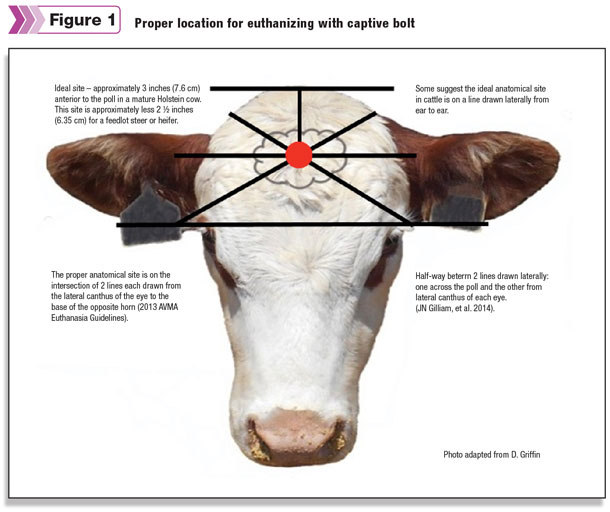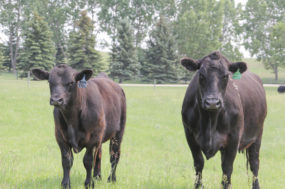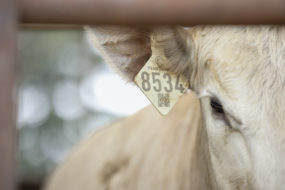“In some cases, where they get in an emergency and they prefer to have a veterinarian do it, I think that’s quite all right,” Shearer says. “But there are emergency situations that are going to arise where I think they need to have a plan in place for how they are going to do this.”
He says one of the biggest mistakes producers make when deciding to put an animal down is waiting too long.
“Most people err on the side of waiting too long to euthanize animals. That leads then to a lot of suffering,” he says.
Shearer says producers need to make euthanasia decisions when the animal is in extreme distress or uncontrollable pain they clearly cannot recover from.
Animals that have suffered a traumatic injury or have great difficulty breathing and there is no way to treat them would need to be considered for euthanasia. Animals that are down and unable to rise would also need to be euthanized.
“If there’s any doubt, contact the veterinarian and talk to them about what you’re seeing and allow them to guide you through and help you make that decision,” he says.
The first step producers should make when creating a euthanasia plan is to consult their veterinarian. Their veterinarian should be able to give producers all the information they need as well as training needed to conduct the procedure correctly.
Next, producers need to decide on what type of firearm they will use or if they plan to use a penetrating captive bolt. If they choose to use a firearm, which is the most common choice for on-farm euthanasia in the U.S., many will use a .22 caliber long rifle.
Shearer says they must use a solid-point bullet and fire from 2 to 3 feet away. He noted that bulls and some older cows might have a thicker skull or hide so a 12-, 16- or 20-gauge shotgun, using No. 2, No. 4 or No. 6 birdshot would make a better choice.
When using a firearm for euthanasia purposes, Shearer says the muzzle should never be placed in contact with the head. Doing so could cause the barrel of the firearm to explode.
“Rifles can be used, but the bullet may exit, and that can be dangerous as well,” he says.
If producers decide to use a penetrating captive bolt gun, they do place it firmly against the head over the intended site. The bolt only travels about 4 inches, will not exit the animal and is generally safer than a firearm.
Producers need to keep in mind the signs of unconsciousness before following through with death. According to Iowa State University’s humane euthanasia website, those signs include:
- Immediate collapse of the animal when the penetrating captive bolt is fired.
- No attempt of the animal to right itself following the stun.
- Body and muscles become immediately rigid after the shot, followed by varying degrees of involuntary movement of the limbs.
- Normal rhythmic breathing stops.
- The eyelids remain open with eyeballs facing straight ahead.
Shearer noted that when using a penetrating captive bolt, a follow-up step is needed to assure death. Once the animal has been rendered unconscious, producers need to bleed out the animal by cutting the neck to sever the jugular vein, carotid artery and windpipe.
A second follow-up option would be pithing. Pithing is inserting a pithing rod or tool through the site made by the penetrating captive bolt to destroy brainstem and spinal cord tissue to ensure death.
“None of those secondary steps should ever be used under any circumstances in a conscious animal,” Shearer says.
Shearer says producers need to be aware of the correct anatomical site on the animal. The correct site is important because the brainstem target is very small.
“Because it’s a small target, we need to be sure that we use a very good anatomical site,” he says.

Figure 1 shows the proper site for administering a penetrating captive bolt for euthanizing cattle. Shearer reminds producers that they need to confirm death.
“Confirmation of death is really critical. What I find a very real frustration about is people who will captive bolt or shoot an animal and walk off. Never should you walk off.
Instead, whenever you shoot the animal with one of those devices, you stay there until the animal is completely dead,” Shearer says.
For more information about properly euthanizing livestock on the farm, visit Iowa State’s humane euthanasia website. ![]()
Wendy Sweeter is a freelance writer based in South Dakota.








